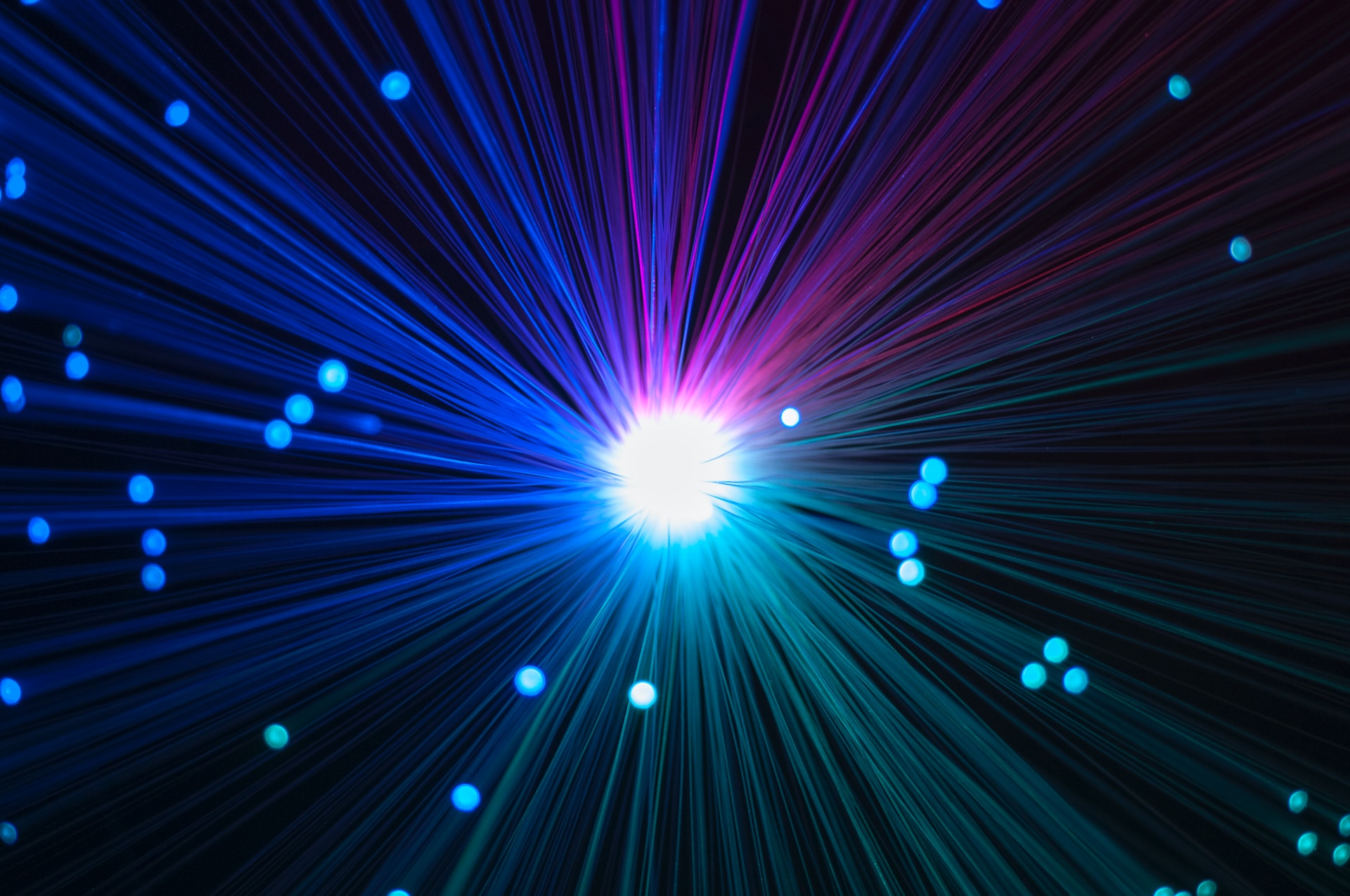Acne Treatment and Market Overview

Acne vulgaris, commonly known as acne is a chronic inflammatory disease. The inflamed elevations (papules, pustules, nodules, and cysts), comedones (blackheads and whiteheads), and scars are symptoms that normally appeared on the skin because of acne. The statistics have disclosed 80 percent of people suffer from acne between the onset of puberty and 30 years of age. There is no exception to children and adults being affected. 60 million Americans are annually affected, reported by the American Academy of Dermatology.
From the last three decades, Topical retinoids are dominating the first-line therapy. There are some other topical agents including Benzoyl peroxide, Azelaic acid, and some antibiotics, which can be given in combination. Other systemic therapies are also available for the treatment of severe-moderate acne, wherein isotretinoin, hormonal therapy, and oral antibiotics. The products are based on the four mechanisms to fight against the acne: reducing sebum production, preventing follicular blockage, decreasing the proliferation, and overcome the inflammation. Strategical development programs in the domain of acne vulgaris are as following:
- Overall 64 programs at different stages of clinical development have been globally identified in the acne pipeline. It illustrates the development of the acne vulgaris pipeline.
- Acne Vulgaris Pipeline by Molecule Type – there are the majority of the small molecules, which are the asset of the acne pipeline, some of which are either generics or repositioned from other indications. The line- up of the therapy type according to percent is small molecules, peptides, and biologicals working against more severe form of acne.
- Promising Drugs in Clinical Development – there are some examples such as Topical Minocycline, Olumacostat Glasaretil showing a great potential to carry out the revolution in the future of acne treatment.
The acne treatments hold major share in the dermatology OTC product market. Increasingly, various prescribed acne treatments are becoming qualified as OTC products due to their history of long-term safety and efficacy. Products such as Benzoyl peroxide, Salicylic acid, and their combinations are heading into the OCT market worldwide.
Various surveys reveal that 90 percent of the world population suffers from acne disease at some point in their life, therefore the world market has a great demand of acne therapies. The prevalence of acne vulgaris graph went up throughout 2006 to 2016 at the 10 percent growth rate. Interestingly, acne stepped to 8th position of global disease market list. The market size of dermatology therapeutics is expected to grow rapidly from USD 19.8 billion in 2016 to USD 41.2 billion in 2026 at the rate of 8 percent.
World Health Organization (WHO) has also mentioned that skin infection is commonly found in a developing country like India. The lack of infrastructure and dermatologists for treating skin related diseases can be a reason for the growing demand for skin care products. The Indian market is expected to expand further due to advancements in healthcare services, the entry of biologic medicines, and improvement and increased access to healthcare insurance. Indian market is emerging as one of the tops in line with the global market trend dominated by topical products for the treatment of acne vulgaris.
The global OTC dermatology products market has been constantly growing and is expected to reach at CAGR of 3.2 percent by 2026. OTC dermatology consists of anti-bacterial, acne treatments, anti-fungal, disinfectants, and similar others. The OCT dermatology market is led by companies like Johnson and Johnson, Merck, Pfizer, Procter & Gamble Company. Galderma, a subsidiary of Nestle and specializing in R&D and marketing of dermatological solutions, has got grip on treatment of huge number of acne patients. As per the market size, the US market experienced an increase in CAGR of 10.5 percent in 2016, which was about 49 percent of the global market, and will continue to be climbing the ladder by 2026. On the other hand, it is estimated that the US market growth rate is slightly better in comparison with global. European region including EU5 markets (France, Germany, Italy, Spain, and United Kingdom) portray more than double growth in 2026 compared to 2016 market worth.
Apart from the OTC market, patented acne treatment is also flourishing. The patent landscape supports the growing market with a great number of patent filing. Interestingly, patent filing in the domain of acne is higher in India and Great Britain in comparison to Japan. The key patent assignees are Allergan (also known as Actavis), Dow Chemical (DowDuPont), GlaxoSmithKline, and Sun Pharma.
To conclude, global acne market is expanding at fast pace and has opened doors for companies from various industries, like pharmaceutical, cosmetics, medical software application, medical devices. Advancements in the biotechnology and herbal/ chemical area can boost the product portfolio in the acne field. It is observed that various small sized companies or startups are entering in the acne domain with variety of innovative products across the globe.
Solutions Driving Innovation & Intelligence
Enabling Fortune 500's, R&D Giants, Law firms, Universities, Research institutes & SME's Around The Globe Gather Intelligence That
Protects and Nurtures Innovation Through a Team of 250+ Techno Legal Professionals.


